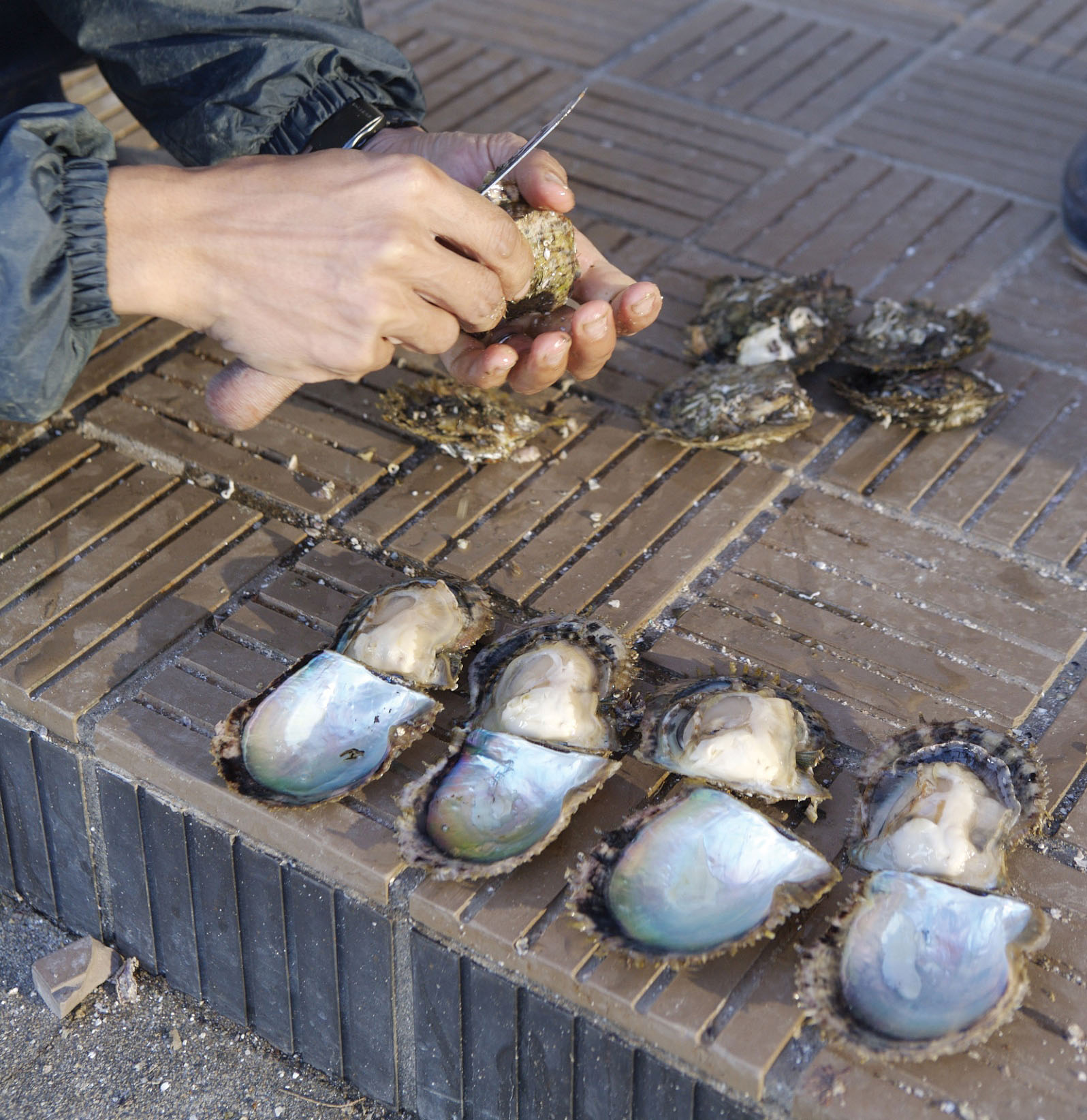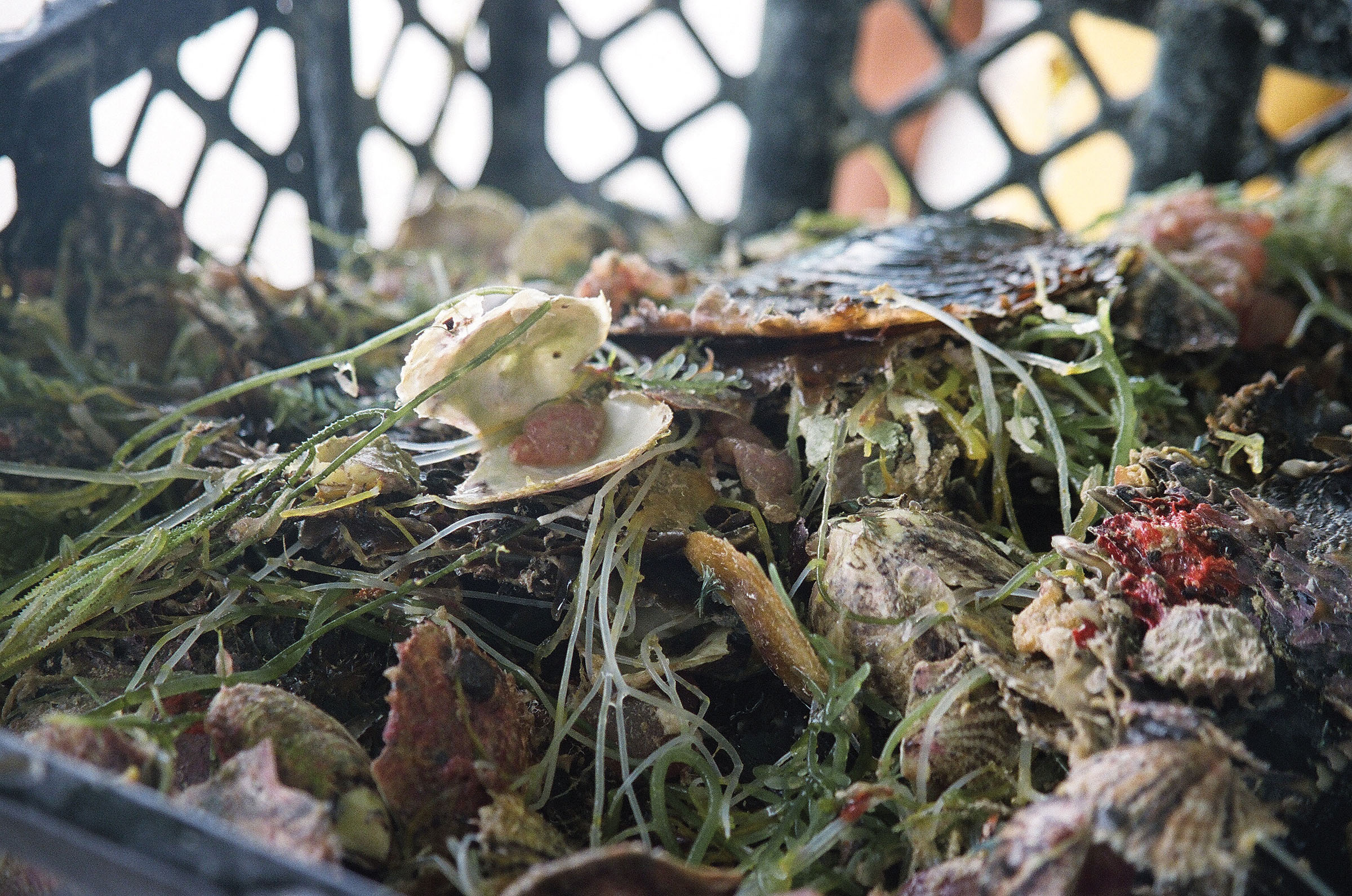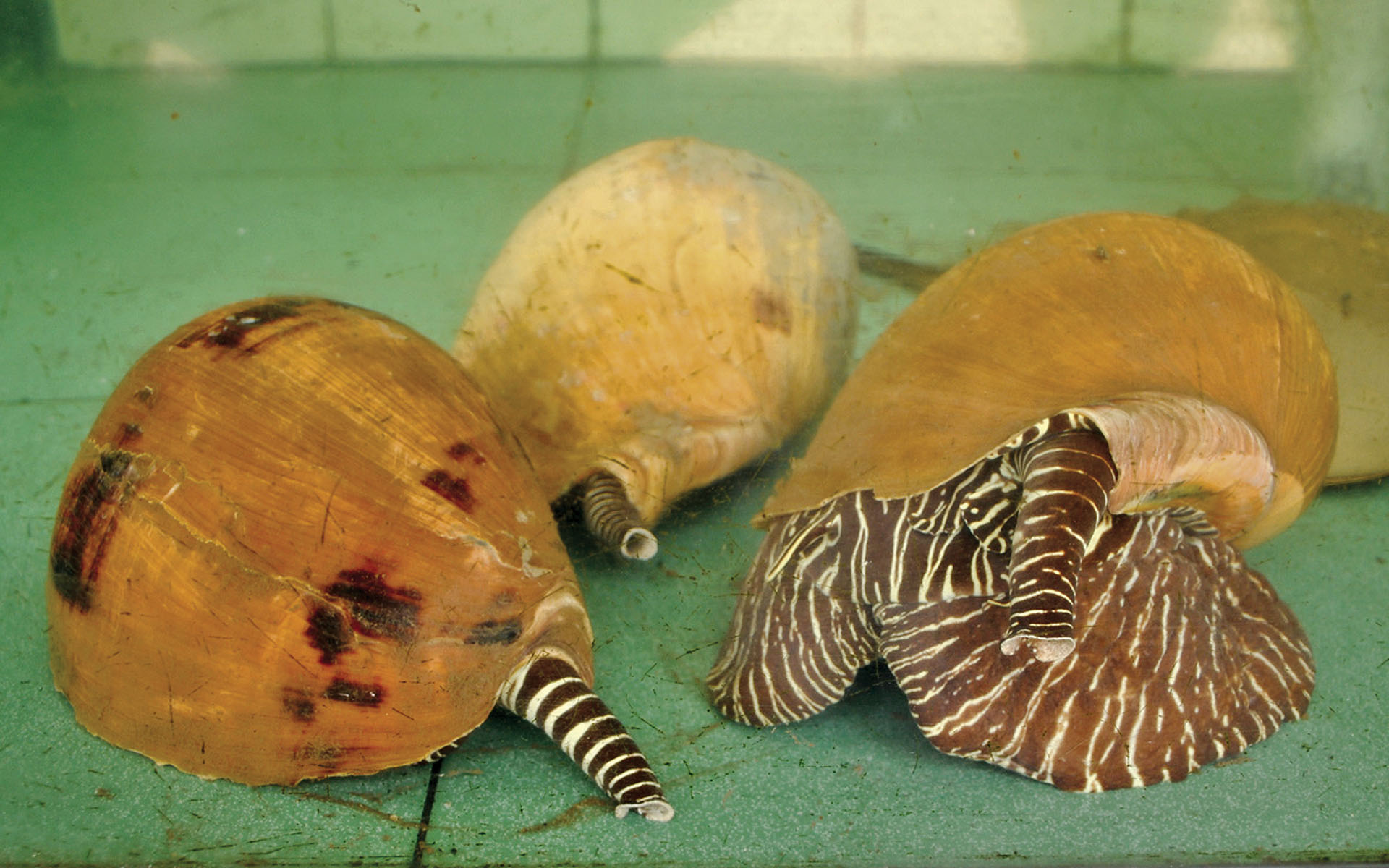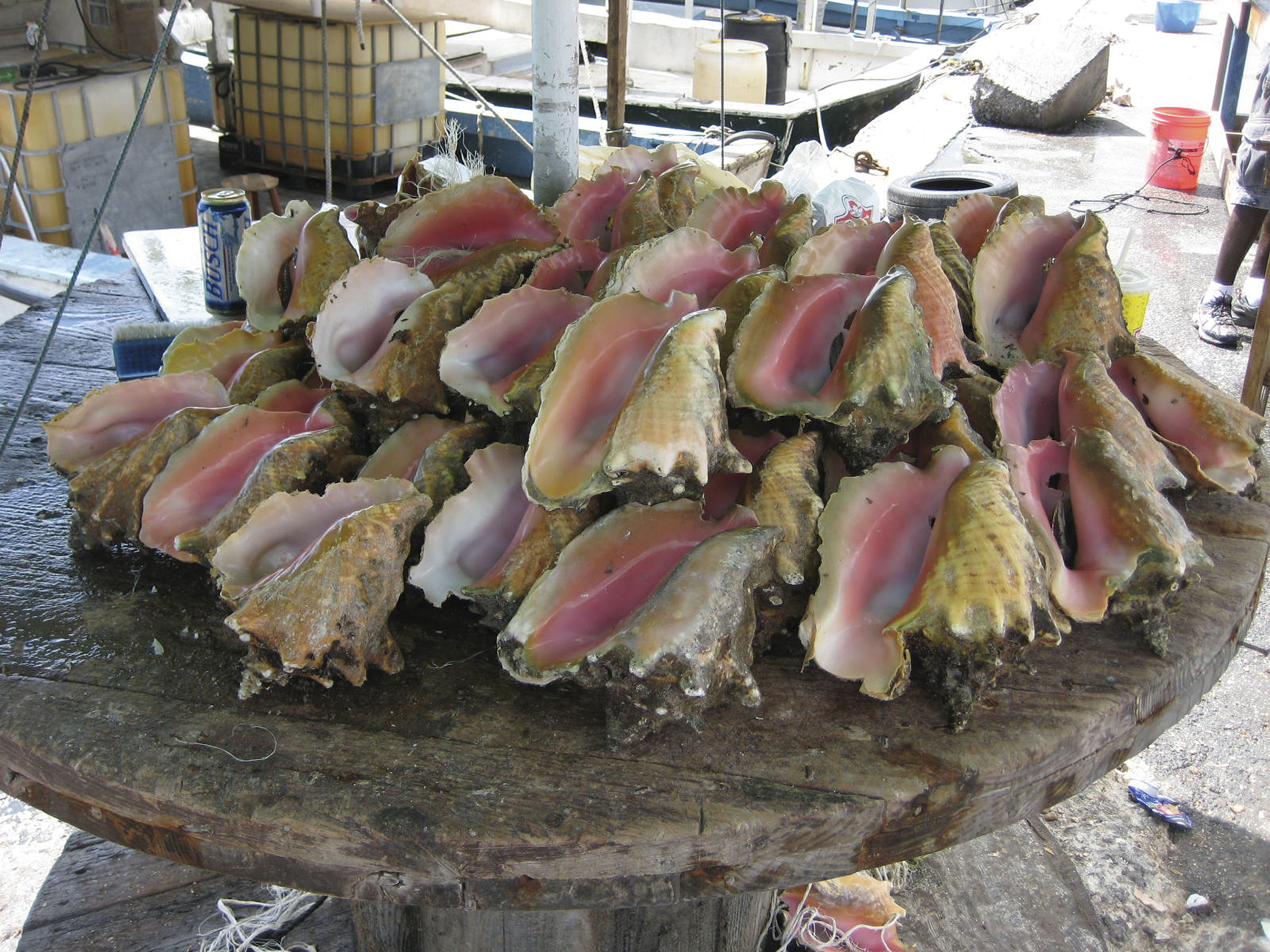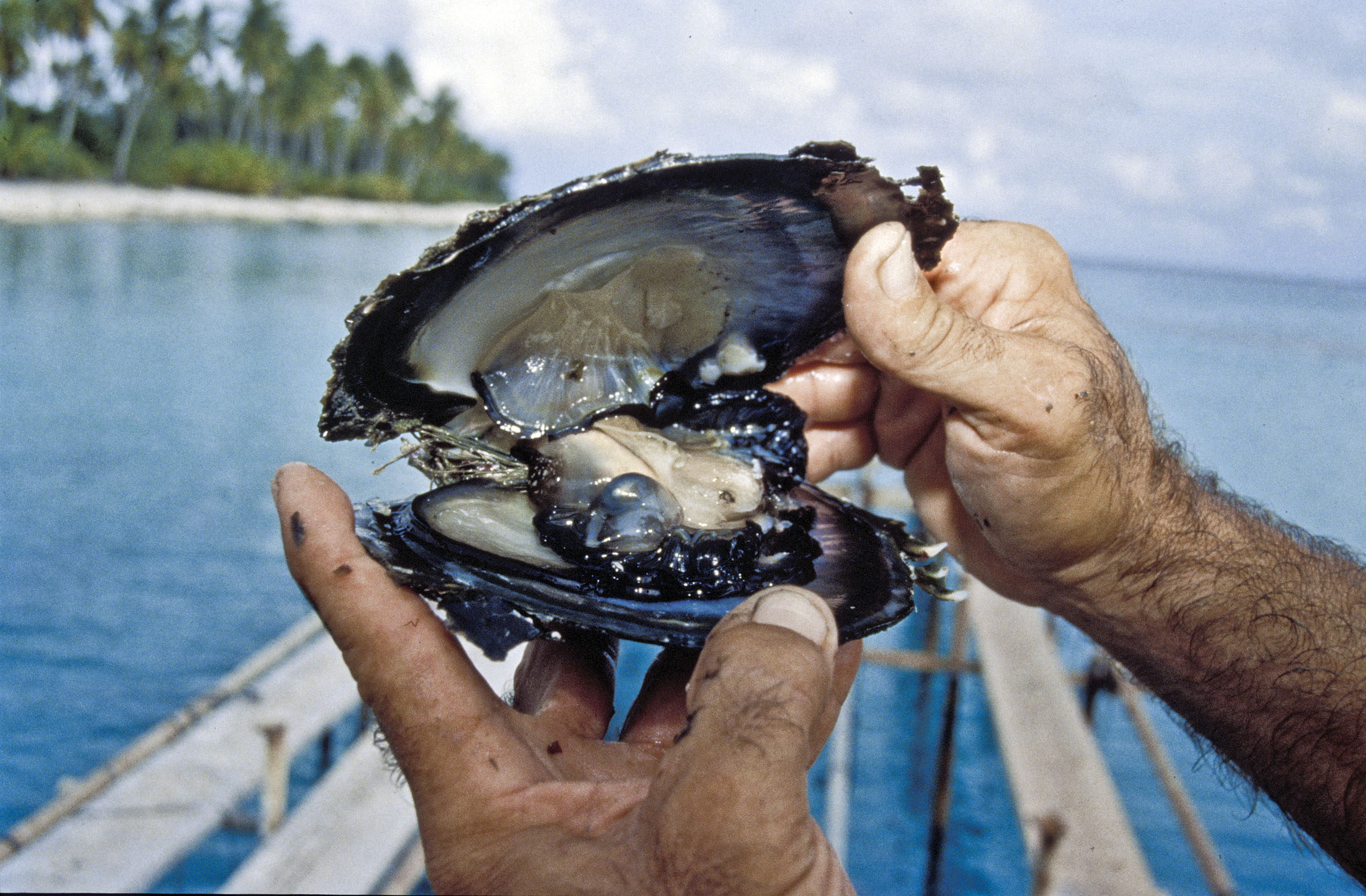- What are some similarities and differences among mollusks?
- What are the four major types of cultured pearls?
- What are the basic materials that make up pearls?
- How are mollusks classified and named?
As you make your way through this course, you’ll learn about the different types of pearl-producing mollusks. While they all have their individual characteristics, they also have some things in common.
Mollusks can be bivalves, with two shells joined by a hinge, or univalves, with a single shell and no hinge. Univalve mollusks include gastropods such as land and sea snails. The word is derived from the Greek words for “stomach” and “foot,” two features these animals have in common. Only a few saltwater gastropods produce pearls.
There are also mollusks without shells, like squid and octopus, but they’re outside the scope of this course.
Another distinction between mollusks is that some live in saltwater and some in freshwater. Most of the species used by humans to produce cultured pearls live in saltwater. Many people call them oysters, but for consistency, this course will use the term “mollusks.” The pearl-producing mollusks that live in freshwater are generally called mussels to distinguish them from saltwater species.
Natural pearls form in pearl-bearing mollusks without human assistance. Humans eventually learned how to take advantage of some mollusks’ natural abilities and developed techniques for producing cultured pearls.
Nearly all pearls sold today are cultured pearls. In all, about 30 or 35 mollusk species are capable of producing pearls, but pearl farmers use only about 14 of them to produce cultured pearls. There are four major cultured pearl types in the marketplace: akoya, freshwater, South Sea, and Tahitian.
In most instances, this course uses the word “pearl” to mean both natural and cultured pearls. If there’s a need to distinguish between the two, the text will contain the words “natural pearl” or “cultured pearl,” although you’ll often be able to recognize the meaning by the context. Most often, the word “pearl” alone will mean it’s a cultured pearl, because those are by far the most common pearls in the marketplace.
